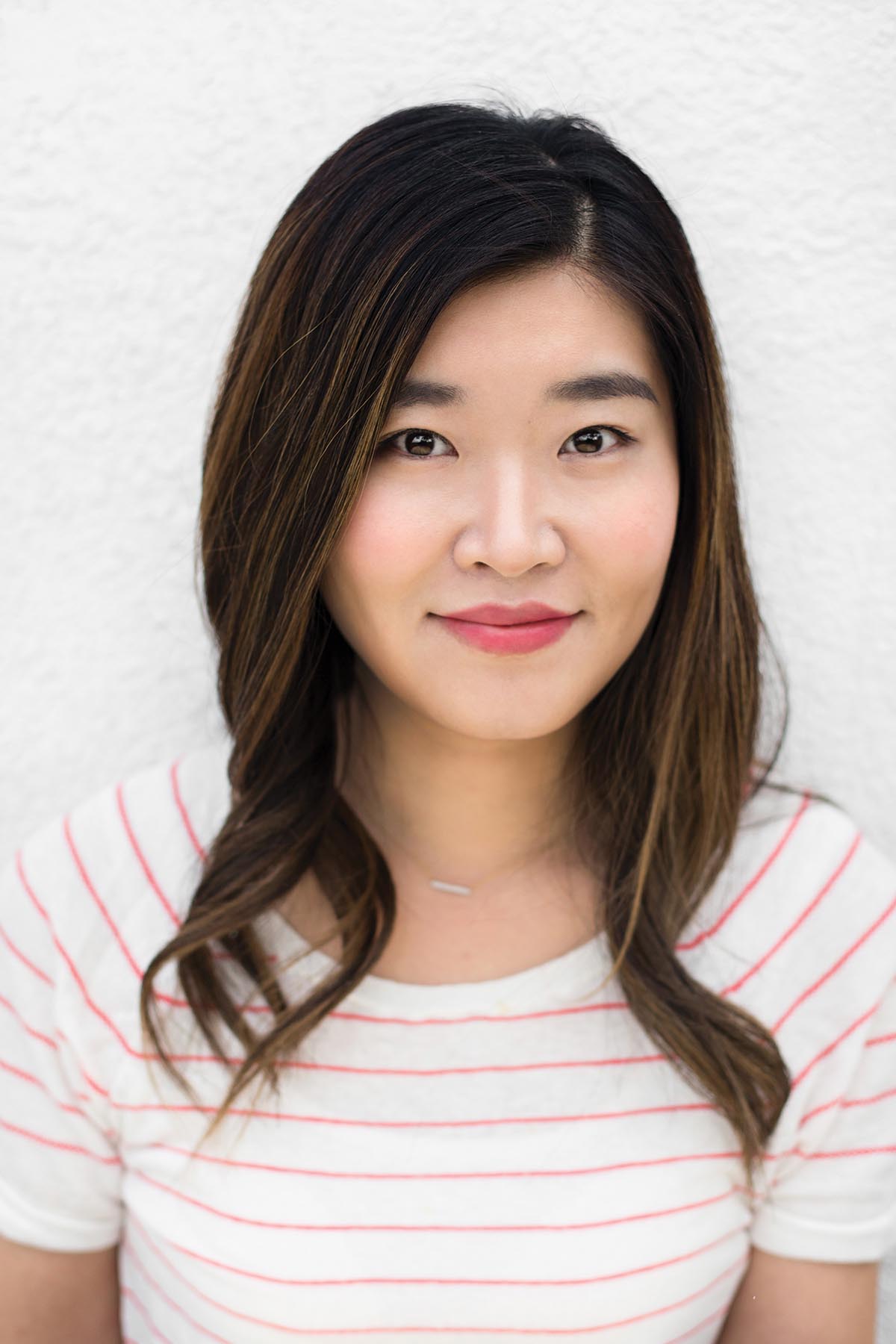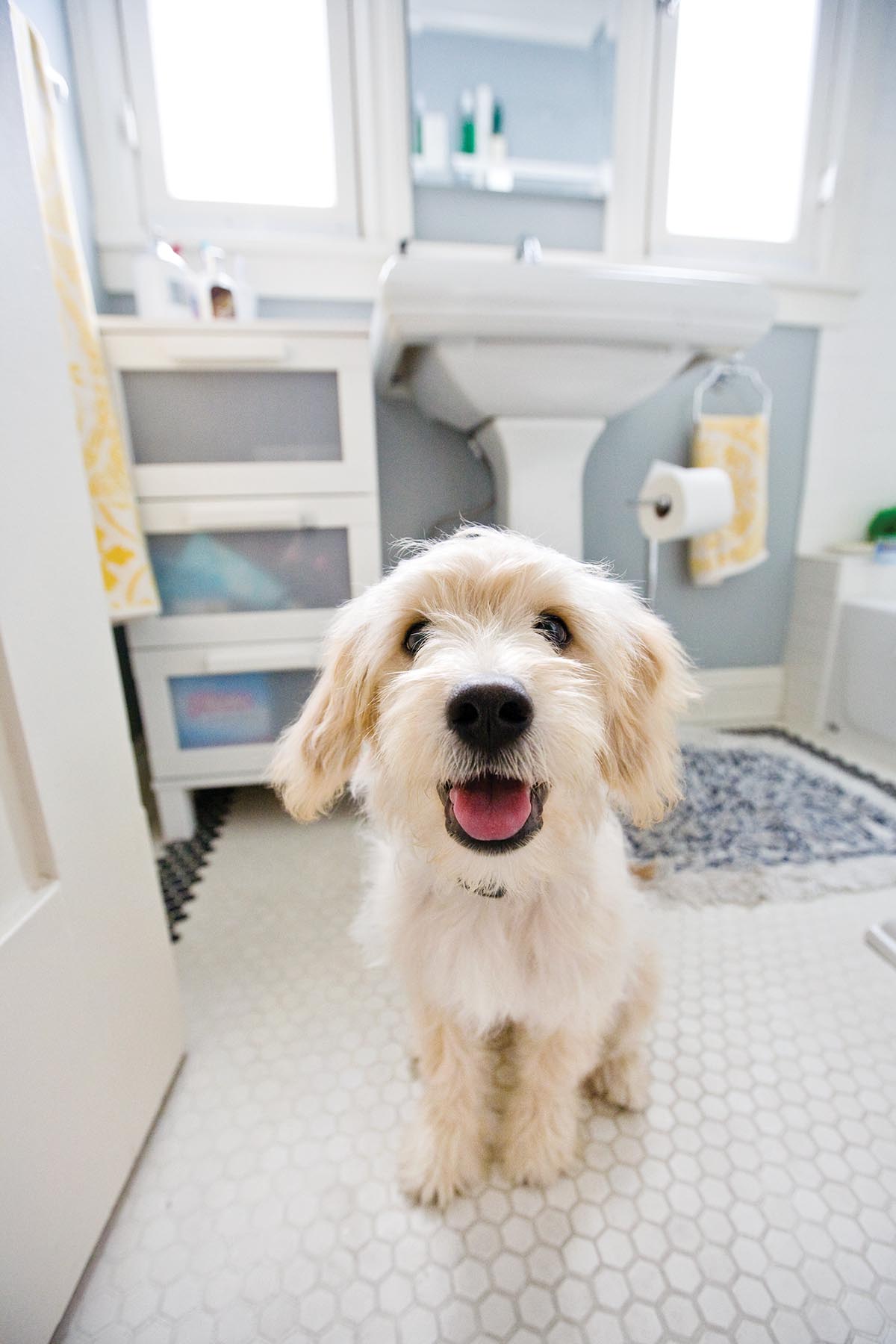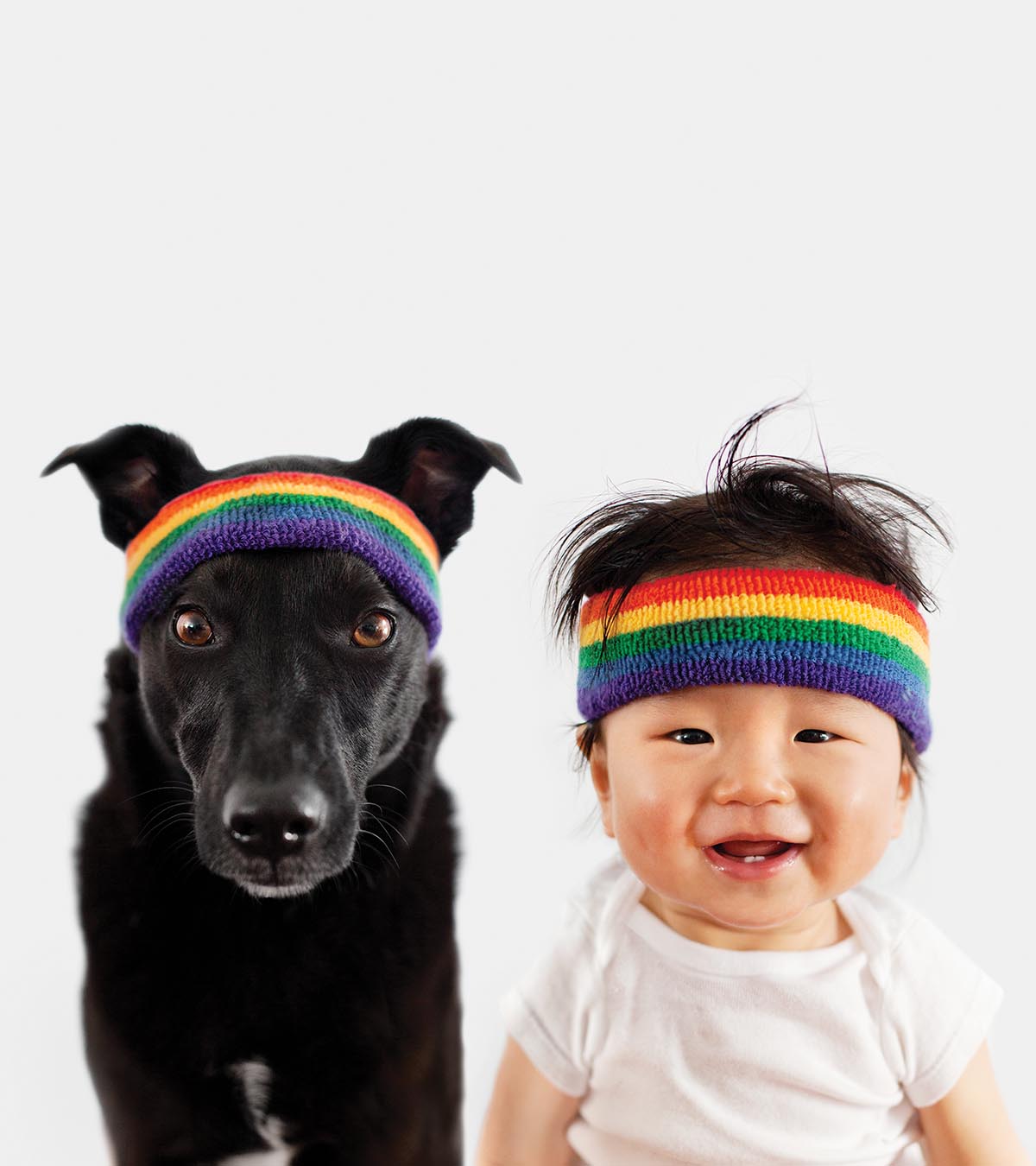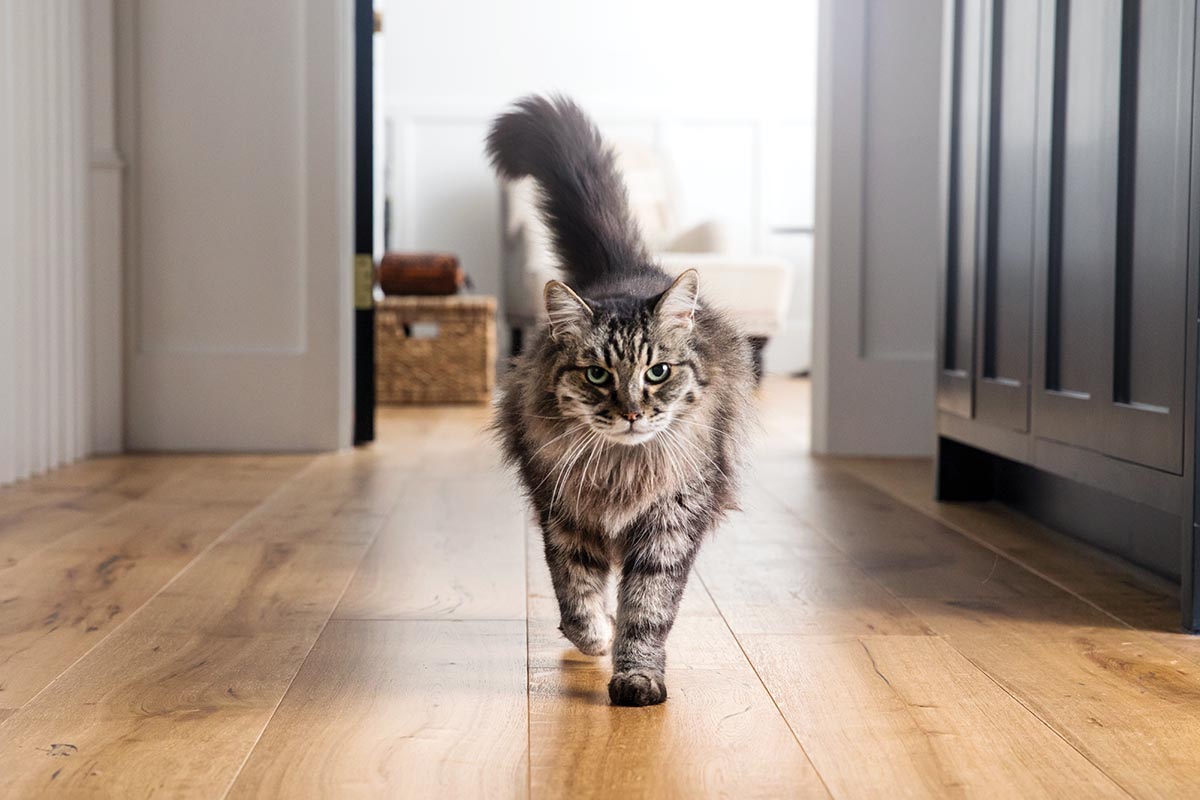Some things come full circle in interesting ways. Grace Chon’s career began in the advertising industry, where she became an award-winning art director. It was fast-paced. It was exciting. But it was a grind. The work did involve creative elements, but more often than not, it was creativity at the discretion of revenue-minded executives. The demanding schedule and the unrelenting pace of the work wore on Chon and she realized she wasn’t happy.
She needed a creative outlet that was under her own control. She started photographing dogs for a local animal rescue group, which they used to showcase adoptable animals on their website and in other materials. Dog adoptions increased notably, and people even started traveling from out of town to adopt some of the animals Chon had photographed.

Photographer Grace Chon

Chon knew she was on to something. She launched a pet photography business as a side gig before ultimately leaving her ad agency job to go all in on pet photography. That was in 2008, at the height of the Great Recession when unemployment was soaring and ad agencies in particular were being gutted. But Chon knew she needed to make a change if she was ever going to be happy.
She dove into the work and developed a reputation for insightful pet portraits. A significant shift came when she started photographing people with their pets—something that was relatively uncommon in retail pet photography at the time. The images immediately resonated with her audience. “I was just shooting the pictures I wanted to shoot,” she recalls. “I was connecting with the types of images that inspired me. Calling on my art director background, I styled the rooms, styled the shoots, and ended up with really polished pictures of people with their pets.”
The images also resonated with people in her prior industry. The stylized photographs of people and pets were perfect for pet-related ad needs, and within a year and a half of going full time in pet photography, Chon started getting calls from ad agencies and commercial clients. Her first big break came in the form of an advertising shoot for Purina, and additional opportunities followed from there. By 2014, she had a steady flow of commercial photography clients. Spurred forward by a mixture of terror and excitement, she closed the retail side of her business and jumped back into the advertising world—only this time she maintained the creative control to do the work that inspired her. Since then, Chon has continued to grow her commercial business, becoming one of the most recognized animal photographers in the industry.

TRANSITIONING
Chon suggests that photographers interested in making the transition from the retail to the commercial market work with a commercial photography consultant. “It’s worth every penny,” she says. “Even though I worked in the industry as an art director, I didn’t know anything about the back end, the pricing, the marketing, the positioning. Working with a consultant helped me get an understanding of how the industry works from that side and also how my skills could be positioned as most valuable for commercial clients.”
Collaborating on image selection for a commercial portfolio was particularly eye opening. Simply having someone else bring in a different perspective, especially one that is oriented toward the market you want to enter, can be invaluable, says Chon. “Seeing someone else look at my work through that lens showed me the types of images I needed to create to attract clients in this space.”
Chon also sought the advice of producers and other pros from the commercial world to gain a better understanding of the bidding process, the questions to ask prospective clients about their projects, and how to build out a commercial shoot. She often offered to pay for people’s time if they were willing to jump on a call and share insights. That offer helped open doors to conversations with marketing and advertising pros while making them feel appreciated for their expertise.


STORYTELLING
“At the end of the day, when you’re a photographer, you’re a storyteller,” says Chon. “You have an opportunity to tell a really strong, emotional story in one frame. If you understand how to do that, you can photograph almost anything.”
That storytelling skill is what photographers should lean on when pivoting from one market to the next or from one subject matter to the next. “For example, I photograph pets and people, but what am I really capturing?” asks Chon. “It’s the emotional connection. If you understand that and you can demonstrate your proficiency at capturing that type of connection, you can pivot to something else.”
Client education is important in this process. Explain to the client that you’re capturing a story, including the emotions that accompany that narrative. Describe how you plan to tell the story and draw out the most engaging elements. “But here’s the thing: Most clients are very literal,” says Chon. “You could explain until the cows come home, but they need to see it. So go shoot it. Do some self-produced, portfolio-building work. Personal projects are so important. If you’re feeling stuck in the grind, your personal work is your opportunity to channel all of your creativity without a client telling you what to do.”
MARKETING
In the past couple of years, the pandemic-induced move to more at-home work changed the traditional outreach approach that Chon used to connect with commercial clients. Previously, she sent out print promos, set in-person appointments, and attended industry events. While some of that is coming back, many of her interactions have moved online. She now regularly sends emails to industry lists, stays active on social media, and corresponds with various contacts through professional organizations and photography groups.
Still, the goal remains the same: build relationships. Chon suggests emailing contacts periodically to share recent work, communicate updates about what you’ve been up to, and keep yourself top of mind when a need arises. “Don’t look at these kinds of interactions as something you do just so you can cash in on it someday,” says Chon. “Be sincere and build real friendships. Connect as a human not just looking to make a sale. You never know how these relationships will develop. Your contacts will grow their careers as you do, and those relationships can evolve in exciting ways.”

ADVANCING
Chon says that elevating the quality of your images or the success of your career starts with understanding what you love to photograph. Then it’s a matter of finding opportunities to get your foot in the door. Keep putting yourself out there and do it consistently. Over time, the results build on each other.
As part of this process, consider your greatest gift as a photographer. It’s not how you set up your lights or what gear you use. It’s the emotional connection you make through your photographs. Chon’s differentiator is that she forms deep connections with the animals to bring out something in the photographs that the client or owner often hadn’t even seen.
“Bringing that love and empathy is going to take your work so far,” she says. “It’s not about just clicking the shutter and getting a picture of an animal. What are you sensing, feeling, seeing? It’s so much about capturing subtlety. When you can find that unique element to your work that sets you apart, lean into it, because that will take you to the next level as a photographer.”
Jeff Kent is editor-at-large.


 View Gallery
View Gallery

